The 1970s was a great decade for memorable TV shows and movies. This decade brought in a new era of entertainment for fans around the world. The ’70s were the first time shows and movies used advances in technology to create realistic backdrops and scenes for viewers. This doesn’t mean that all of the characters in the programs were entertaining to watch, though. Boring characters don’t bring anything extra to the program they’re on.
One of the most memorable shows from the 1970s was “Happy Days.” This TV show brings audiences back to the 1950s when the typical American family was living out their lives in Milwaukee, Wisconsin. While the show is most remembered for introducing fans to actors like Henry Winkler and Robin Williams, there were less memorable characters like “Bag” Zombroski, whose biggest contribution to the show was being the drummer in Richie’s band.
TV wasn’t the only form of entertainment making strides in the ’70s. Movies like “Rocky” took the cinematic world by storm. It was the first movie to kick off the Rocky franchise, and while there have been countless memorable characters and moments from the original movie, there are still some boring characters to reflect on. Marie is Rocky’s younger sister who doesn’t make an impact on the earlier films. Rocky is more focused on taking down his opponent than anything else. (For more 1970s content, read about the best R-rated movies of the decade.)
To compile this list of the most boring characters of the ’70s, 24/7 Tempo consulted entertainment sources including IMDb, Rotten Tomatoes, and ScreenRant.
‘Bag’ Zombroski from ‘Happy Days’
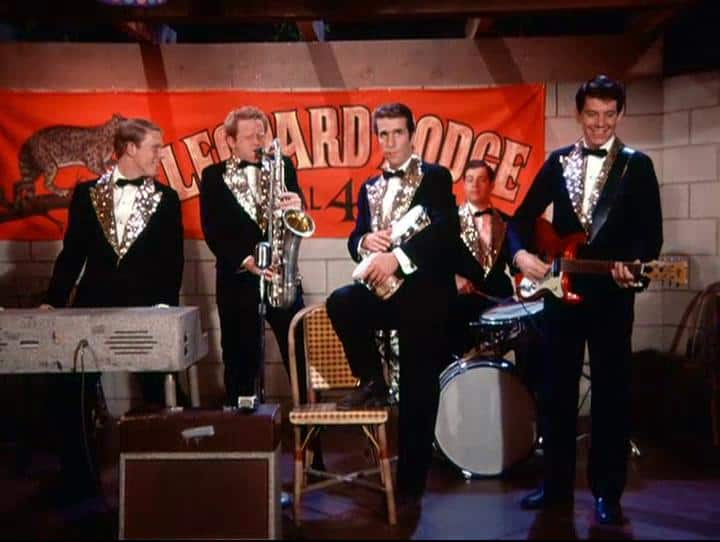
- Played by: Neil J. Schwartz
The show “Happy Days” brings back tons of great memories for fans around the world. The show was always uplifting and left fans on a good emotional note. Thanks to characters like the Fonz and Richie Howard, “Happy Days” is widely considered one of the greatest sitcoms to be produced.
However, fans weren’t filled with the same level of satisfaction when they saw “Bag” Zombroski come on screen. The leader of the Jacket Club and drummer for Richie’s band was a boring character who didn’t add anything special or spectacular to “Happy Days.” If Zombroski’s character didn’t exist, the show would have still been about the same to watch.
Marie from ‘Rocky’
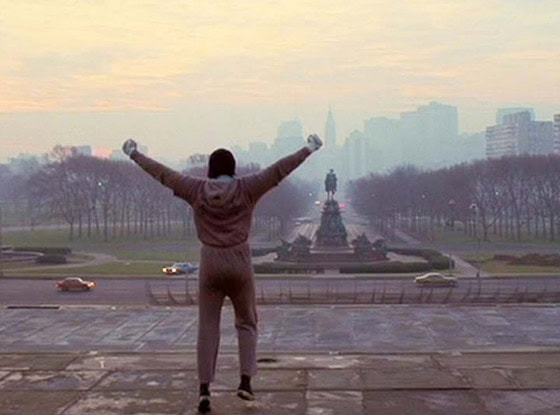
- Played by: Jodi Letizia
It’s difficult to find a movie series that’s made the same impact on society as the Rocky franchise. Ever since the 1970s, fans around the world have been captivated by the boxer’s journey into superstardom. As time has progressed, the Creed franchise has spawned further, creating a new legacy for the younger generation of boxing fans. During his fight to the top, Rocky had plenty of people by his side who helped him.
Most of these individuals were important and interesting to watch when they came on screen at the theater. However, Rocky’s younger sister Marie wasn’t one of those characters. She was a lot younger in the first couple of films and didn’t provide anything substantial to the series. The first “Rocky” movie would have been just as entertaining if the writers hadn’t added Marie’s character.
Dolly/Roxie/Jackie from ‘Sanford and Son’
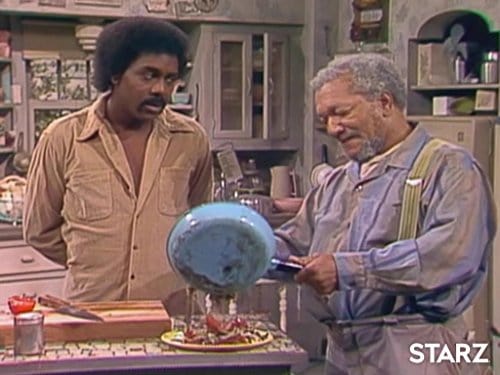
- Played by: Norma Miller
“Sanford and Son” was one of the first shows in television history to cast an African-American actor as the lead role. Fred Sanford and his son Lamont were trying to make ends meet in Los Angeles. Fred had to do everything alone, since his wife died at the beginning of the show. The two heavily relied on each other whenever they were feeling down or needed someone to help.
The heartwarming story included some characters who weren’t too interesting to watch when they came on screen, though. While Sanford was still looking for someone to take the place of his wife, he wasn’t desperate. Norma Miller played three separate women who were on the hunt for Sanford. He didn’t find any of the women attractive and went on about his day. The show could have survived without incorporating those women into various episodes.
Ralph Hart from ‘The Jeffersons’
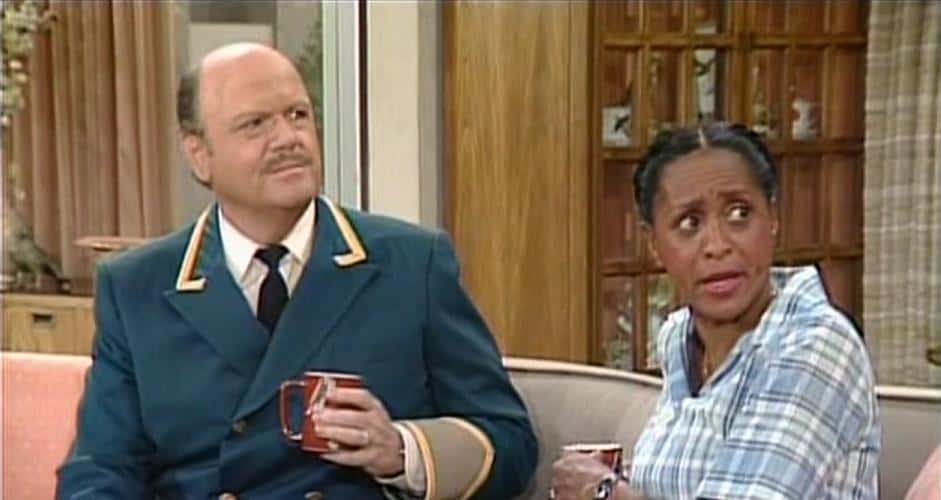
- Played by: Ned Wertimer
In a time when there were still plenty of people who didn’t think African Americans were equal to white people in society, “The Jeffersons” showed that they were. This program followed an affluent family who lived in an upscale neighborhood in New York City. The family ran a multitude of successful dry cleaning stores in the Big Apple.
One character who frequently came on screen was Ralph Hart. He was a doorman who was always on the hunt for tips for his service. Aside from that, Hart didn’t bring much of anything to the show. His character was easily replaceable and forgettable, considering he was no different than any other doorman in New York City.
Lana Shields from ‘Three’s Company’
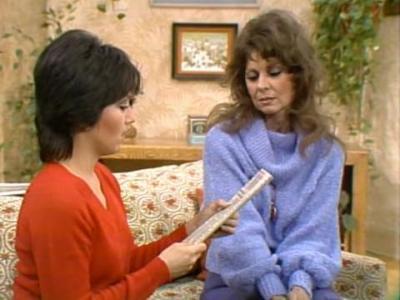
- Played by: Ann Wedgeworth
“Three’s Company” was a popular ’70s sitcom where countless characters left their mark on television. One character, Jack Tripper, became known as a womanizer who could get anyone he sought after. That led the writers of the show to try and introduce Lana Shields, a recent divorcée who was looking to live out new desires that sprung inside her.
The plan was for Tripper to avoid Shields, especially after she made it known she was attracted to him. However, the actor who played Tripper (John Ritter) didn’t feel like that would be accurate, based on him being a womanizer. Shields was only around for a few episodes before being written off. Fans felt like that was one of a few mistakes by the writers of the show.
Owen Lars from ‘Star Wars: A New Hope’
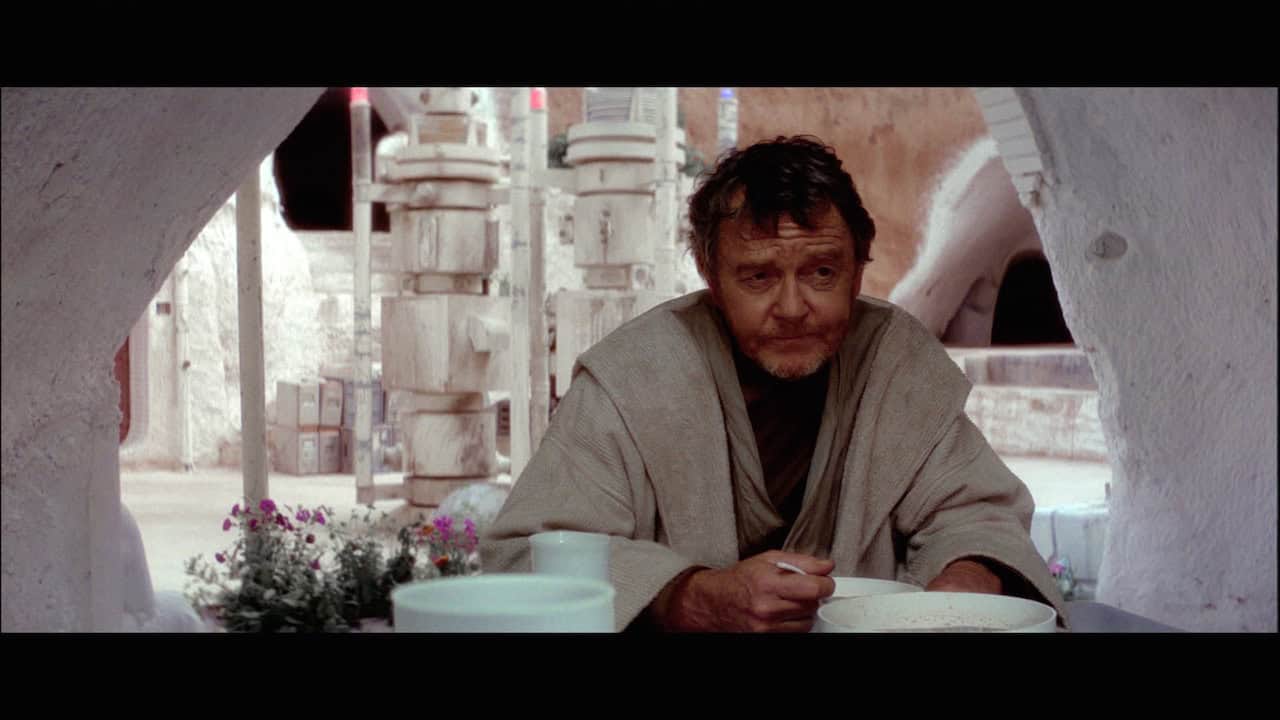
- Played by: Phil Brown
“Star Wars: A New Hope” gave sci-fi fans a new series to fall in love with. Nearly 50 years after the original release of the movie, the Star Wars franchise has provided fans with millions of memories. There are now countless shows and spin-off movies that continue to tell the story of a “galaxy far, far away.” Throughout the first movie, fans were introduced to countless characters they fell in love with.
Uncle Owen, Luke’s step-uncle, took him in after the death of his mother and father’s allegiance to the dark side. While he played an important role in Luke’s upbringing, his role in the first film wasn’t as exciting as it could have been. He was only on screen for a little while and didn’t add any value to Luke’s life that fans saw. Uncle Owen appeared in various other movies and shows in the Star Wars series, but his first appearance wasn’t one to remember for fans.
Mr. Hildebrand from ‘Laverne & Shirley’
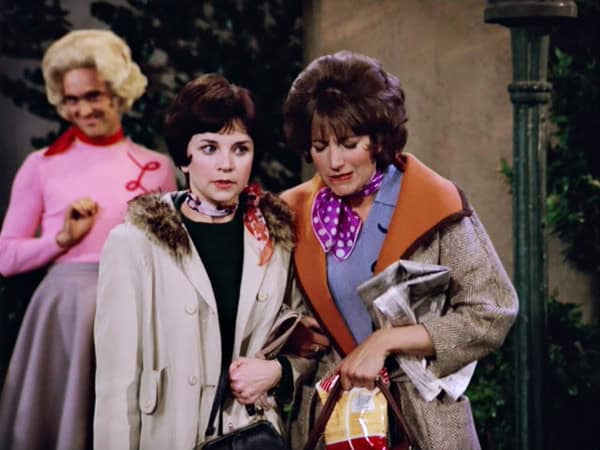
- Played by: Norman Bartold
One of the many spin-offs to come from the hit classic “Happy Days” was “Laverne & Shirley.” The show followed two friends from Milwaukee, Wisconsin, who worked hard to survive in the world. At one point, the show was the most-watched program on television. Fans loved watching two characters from “Happy Days” continue their story on their own. However, not every character on the show was as memorable as the leading stars.
Mr. Hildebrand was the two girls’ boss at the department store when they worked there. While it’s important for a show to reference the boss in charge of the main characters at work, Hildebrand brought nothing more to the table than the boring fact that he was in charge. The duo changed jobs, so Hildebrand was considered just another temporary boss in their lives.
Edie Grant from ‘The Mary Tyler Moore Show’
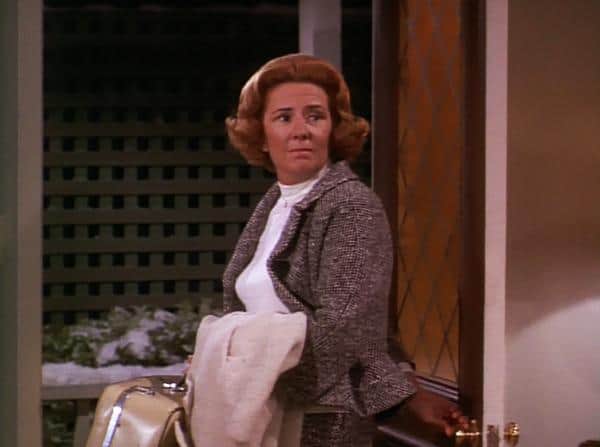
- Played by: Priscilla Morrill
“The Mary Tyler Moore Show” told the story of a woman who was trying to find her way in the harsh television industry of Los Angeles. The show was released at a time when women were finally starting to get into the workforce by using the education they received growing up. It inspired countless young women to feel confident in themselves about achieving what they wanted, even if they were entering a male-dominated industry.
That doesn’t mean that all of the characters from the show were interesting or memorable, though. Edie Grant was the wife of Lou Grant, one of the directors of the station where Mary Richards was trying to work. Edie and Lou were married for a long time and had children together. The couple got divorced but remained cordial in each other’s lives. They showed what divorced parents should act like for their children’s sake. Edie never brought excitement to her storyline, even though she had potential to do so.
Brig. Gen. Crandall Clayton from ‘M*A*S*H’
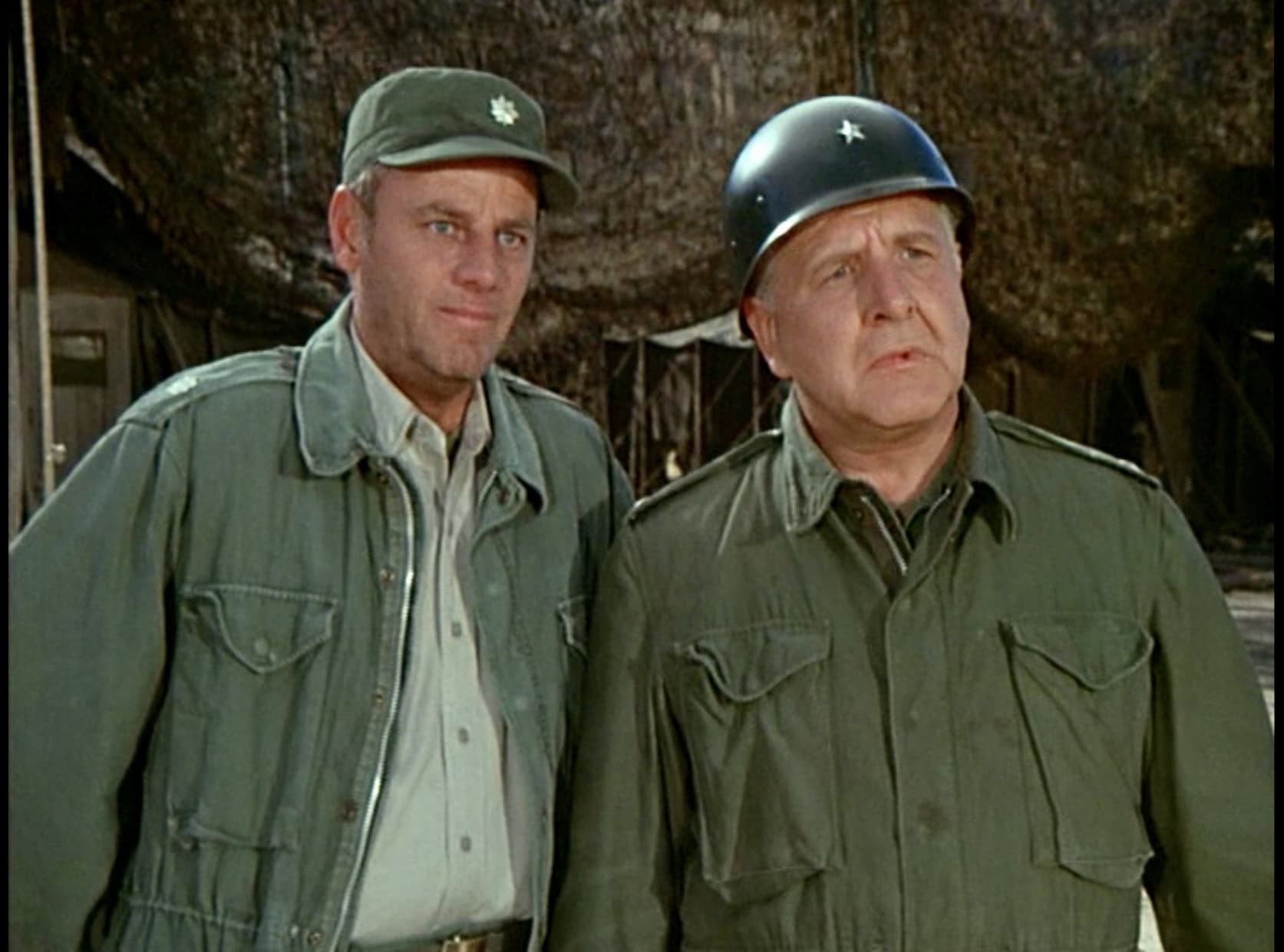
- Played by: Herb Voland
The show “M*A*S*H” is widely considered one of the greatest television shows ever written. The program follows an army medical unit as they help injured soldiers back to health during the Vietnam War. While it doesn’t give audiences the full view into what war is like, fans loved how dynamic the show was. There were plenty of emotional moments when the writers knew not to add any comedic lines. Fans remember watching multiple characters grow and evolve during the show.
One of the most boring characters to come from the program was Brig. Gen. Crandall Clayton. He was supposed to replace Brig. Gen. Hammond when he parted ways with the series. Unlike Hammond, Clayton was known for being the type of person to give thoughtful advice to those who sought it. He wanted to be remembered for being kind and caring. While that’s a great message to send, it’s hard to say he did a great job of replacing Hammond since he was a boring addition to the character lineup. (For more 1970s content, read about the most relatable TV characters of the ’70s.)